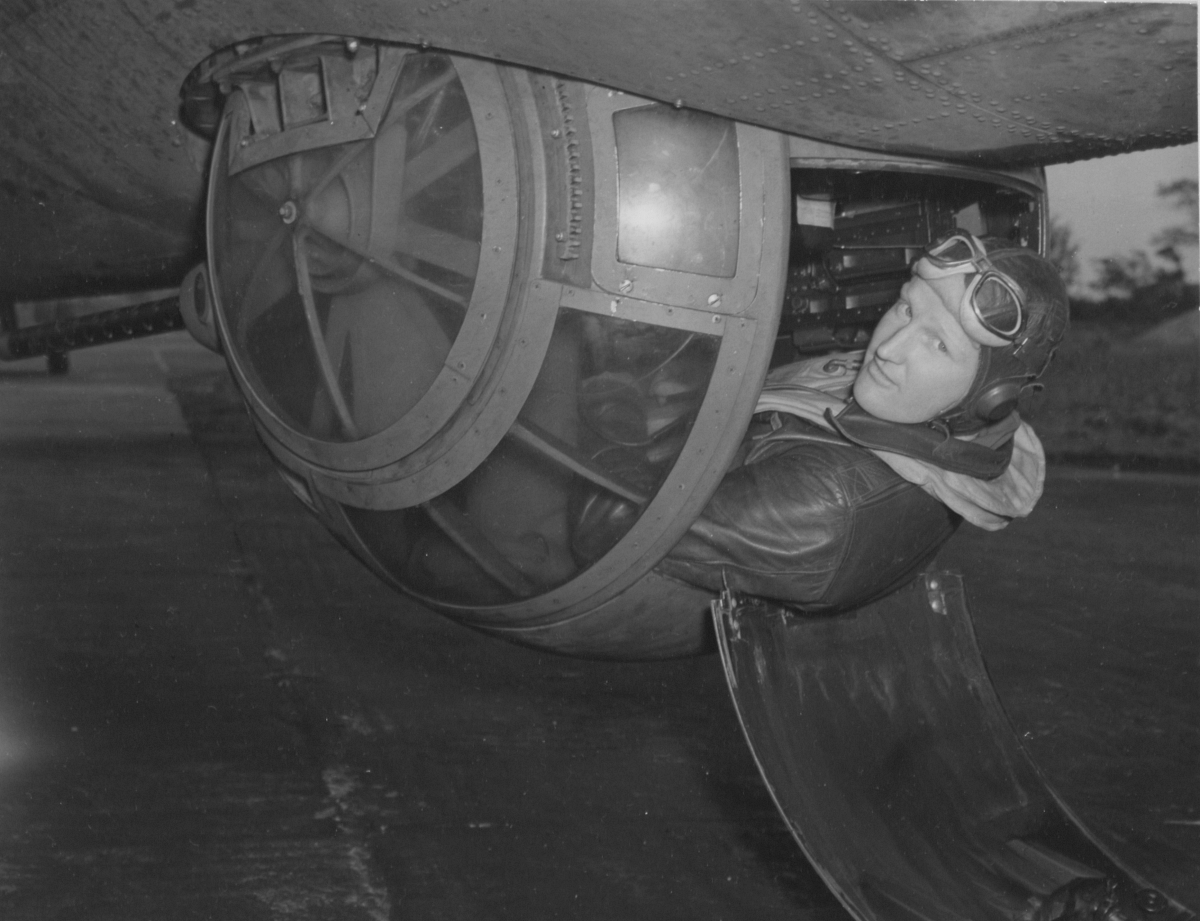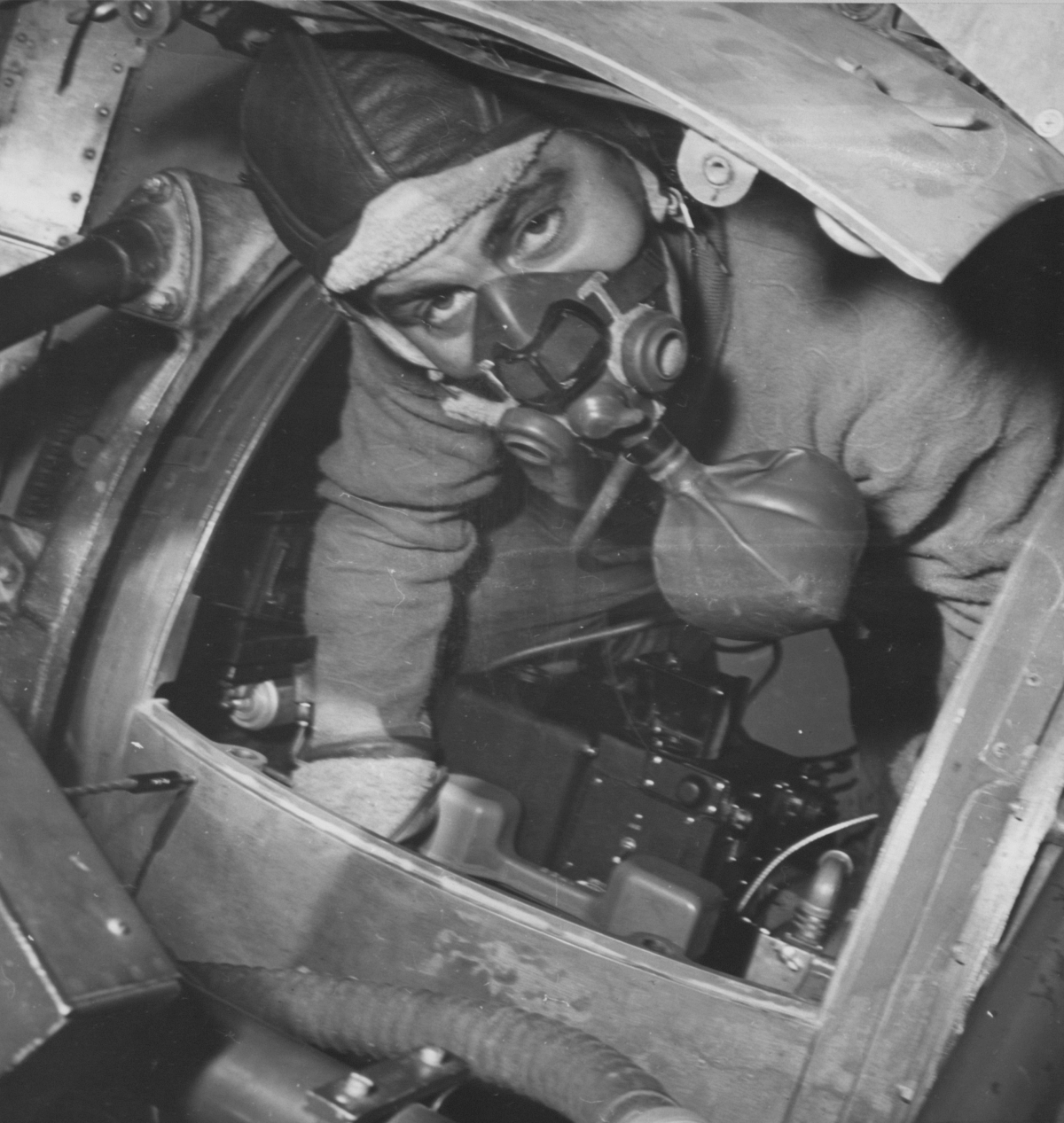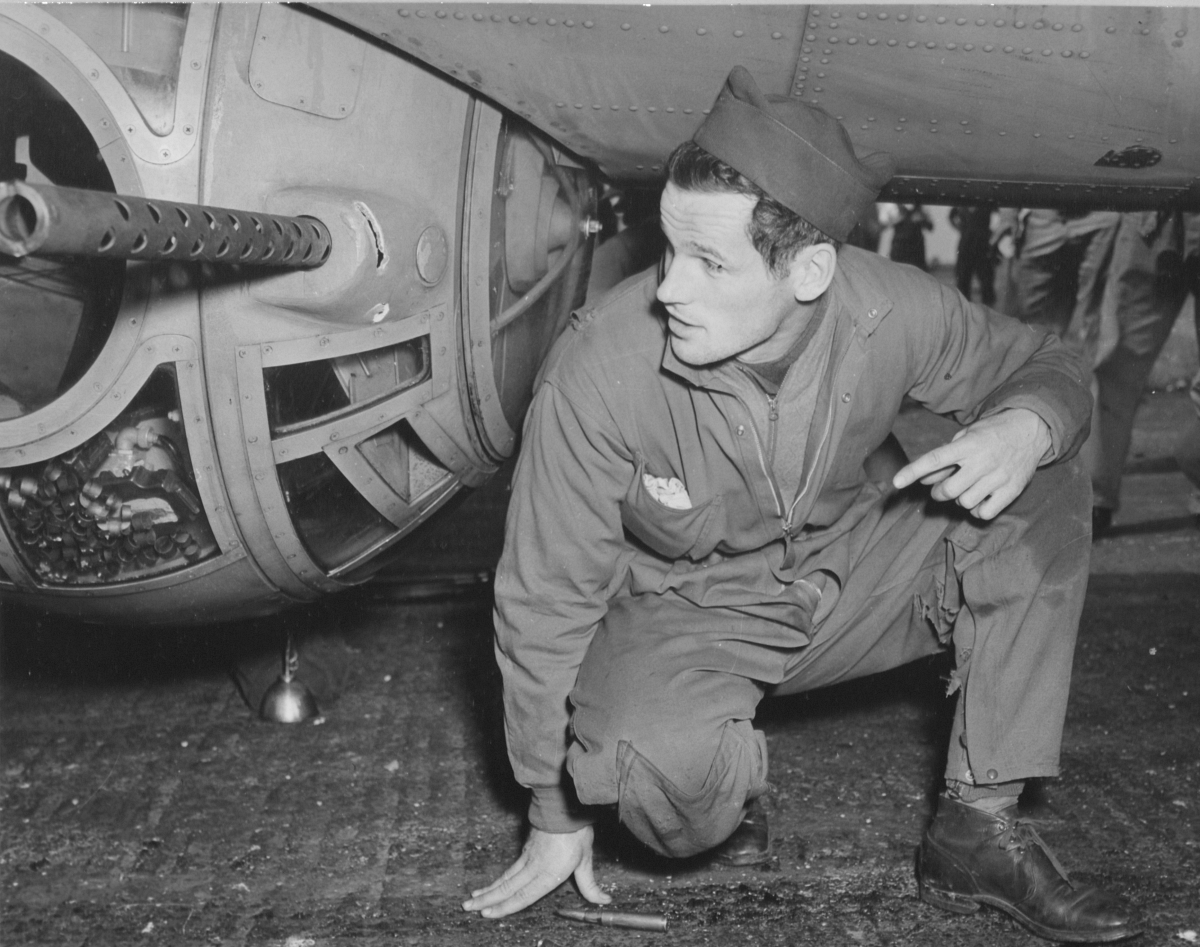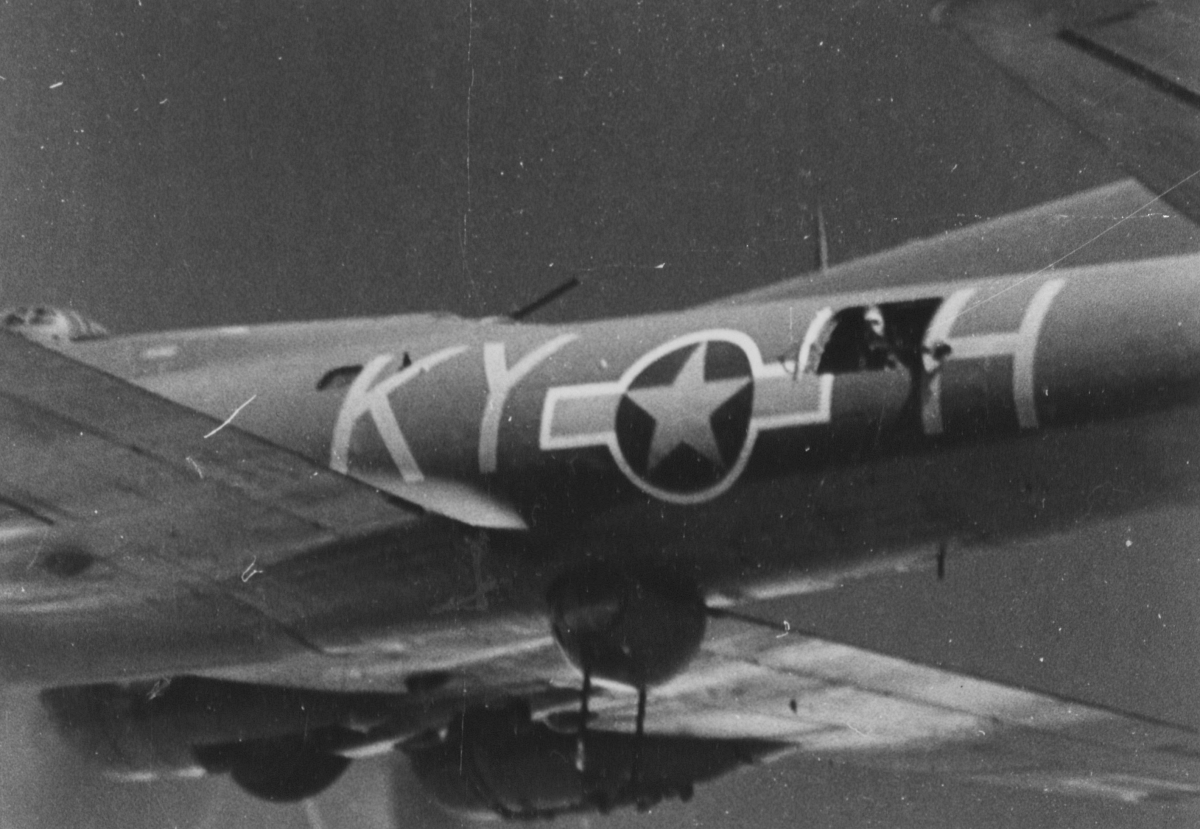Every person involved in fighting or caring for the wounded in World War II had a risk to their life. But, when it came to American bomber planes, the risk was far greater for some than for others. While the pilots were given the best position on the aircraft, the gunners had to hold some precarious positions in order to effectively defend the aircraft. The worst position by far was held by the ball turret gunners.

Many of the US planes were equipped with an invention of the 1930s: the ball turret. This odd station was built like an appendage on the bottom of B-17 Flying Fortress and B-24 Liberator planes, 2 of the main aircraft used to combat Axis forces during the war years.
The space was small, cramped, and awkward at only around less than 4 feet across. Often soldiers who were smaller in stature were selected for this gunner job since it would have been even more uncomfortable for a taller or bigger person to fit in this awkward space.

Each turret contained 2 .50-caliber machine guns which could be moved to hone in on enemy targets. According to a 1944 summation from US Air Forces command the ball turret gunners could “swing on an attacking enemy fighter whether he attacks from head on, from under one side, or from under the tail.” The tail gunners and waist gunners were intended to provide supporting fire with their “fifties” if the ball turret gunners could not stop an attacking plane right away.
The gunner in these turrets had to be in a reclined, almost fetal position. Small windows allowed them to see under the plane, but not above. Because of this surprise attacks from 12 o’clock were not uncommon.

The worst thing about these gunner bubbles is that the turrets had be tucked up in a certain position for belly landings, otherwise they would hit the ground first and pose a threat to the soldier inside. And, if there was a water landing the ball turret gunner would be submerged first. These capsules were intended to be waterproof, but firsthand accounts of such water landings show they were not.
There was no room inside the ball turret for a parachute. Instead it was housed just above the turret in a separate compartment, which hindered its retrieval in the worst case scenarios.
Once inside if anything went wrong the spheres were hard to escape from since they were raised and lowered into position via a mechanism that could be easily damaged. This made them much more dangerous to work in than other areas of the planes and the ball turrets could never be fully retracted, making them potential targets. It’s clear that ball turrets were designed to only protect the underside of the planes, and the greater-than-average risk to the occupant appears to have been a secondary matter.

Later in the war the US Navy also used ball turrets on their PB4Y-1 Liberator and PB4Y-2 Privateer bombers with less-dangerous positions on the plane at the side or the front below the cockpit. But, the gruesome and terrifying nature of being a ball turret gunner was captured in a poem by soldier and poet, Randall Jarrell, when he described the gunner being hosed out of his turret after dying during the mission in “Death of Ball Turret Gunner”.
SKM: below-content placeholderWhizzco for DOT

